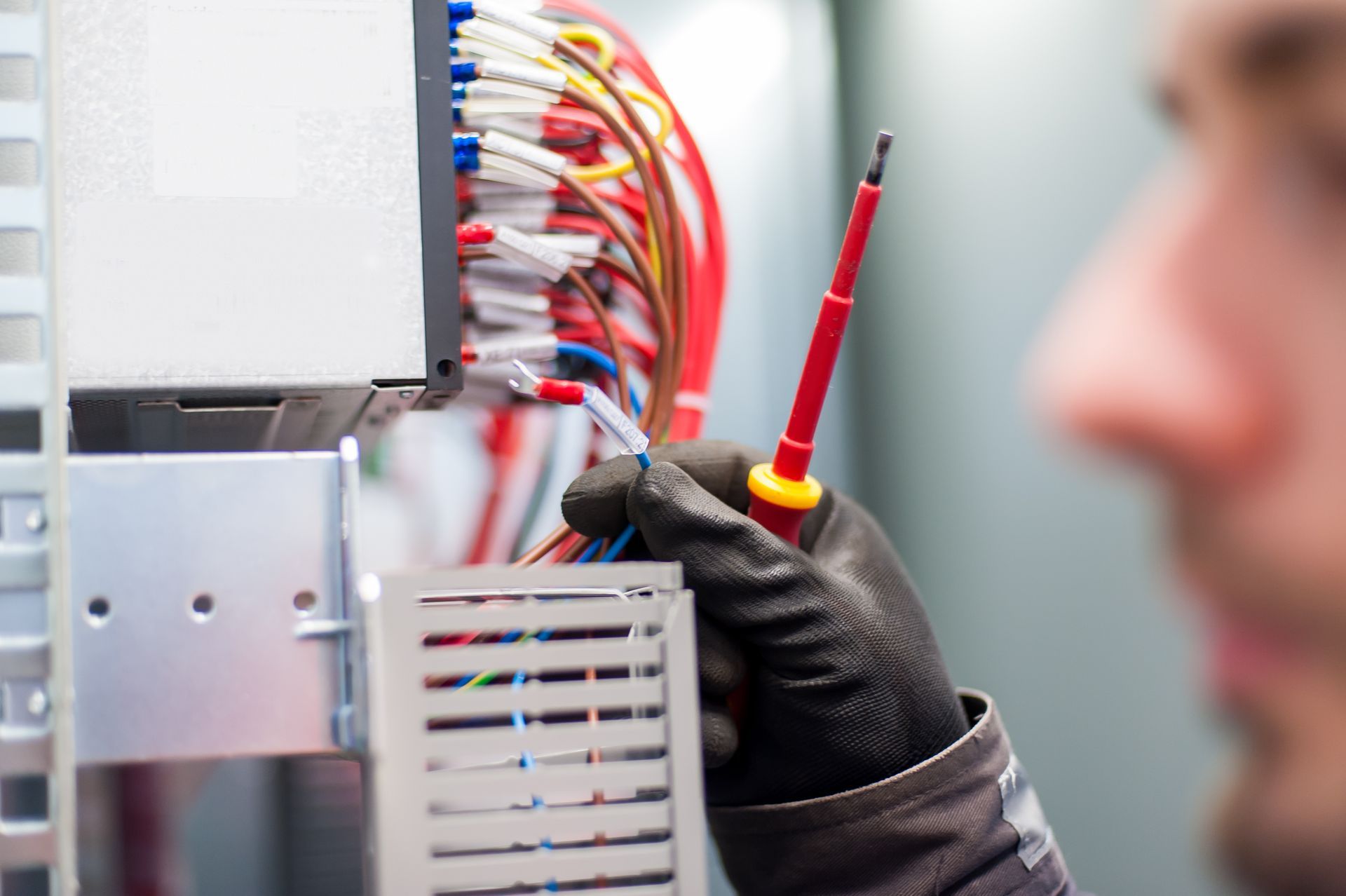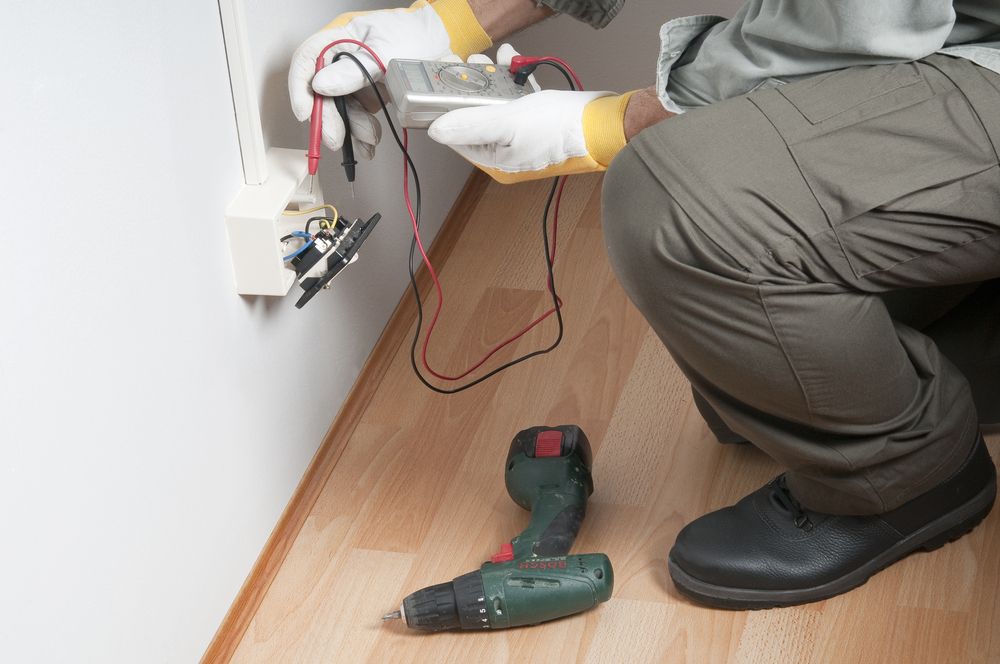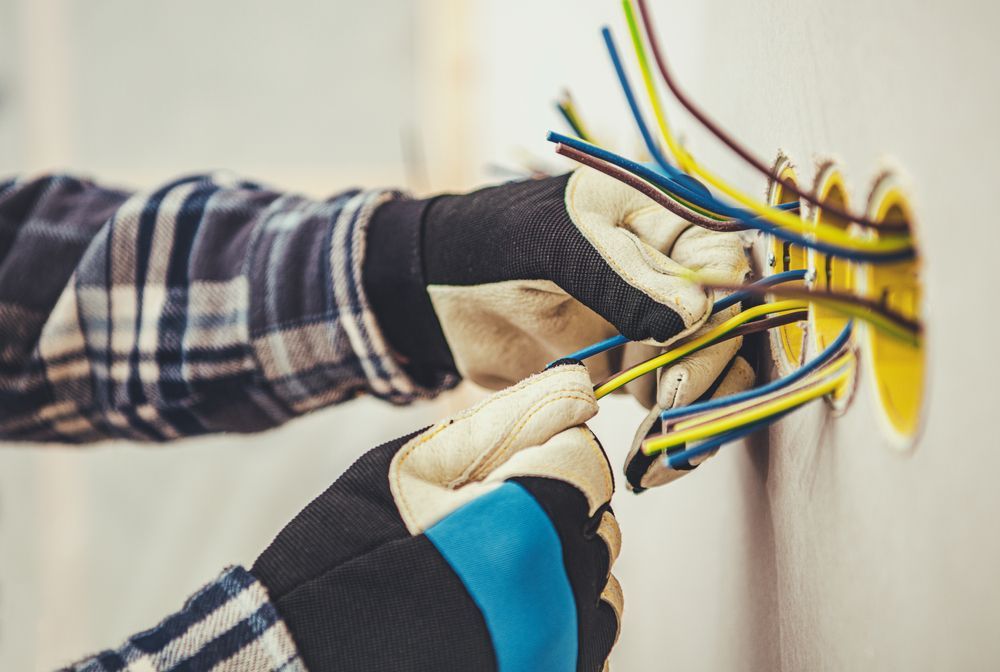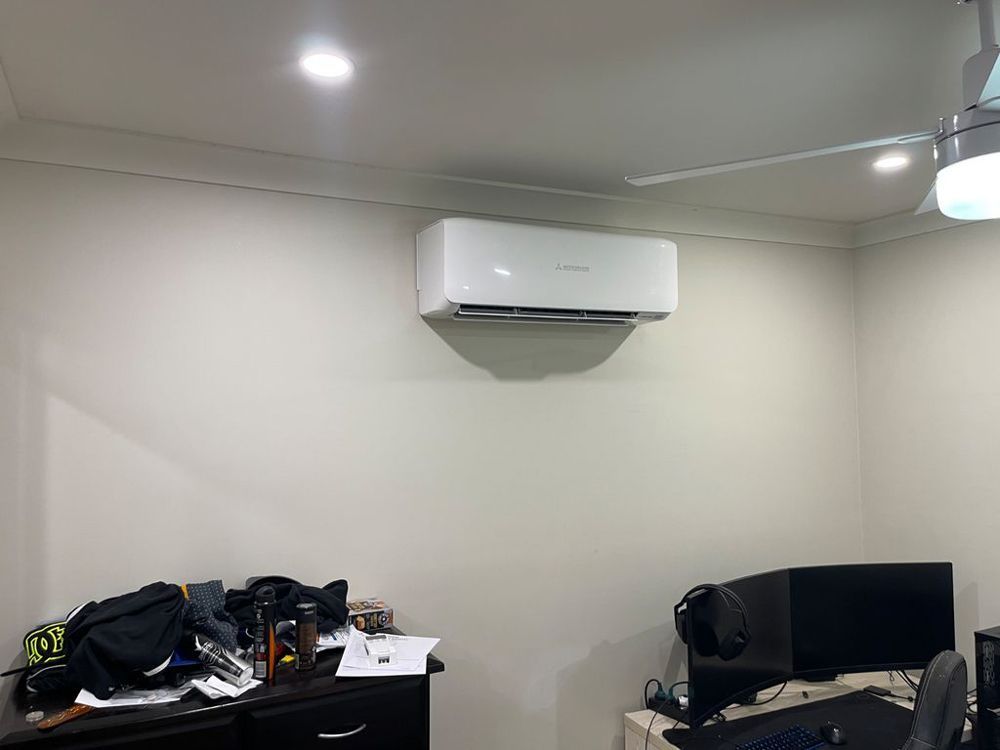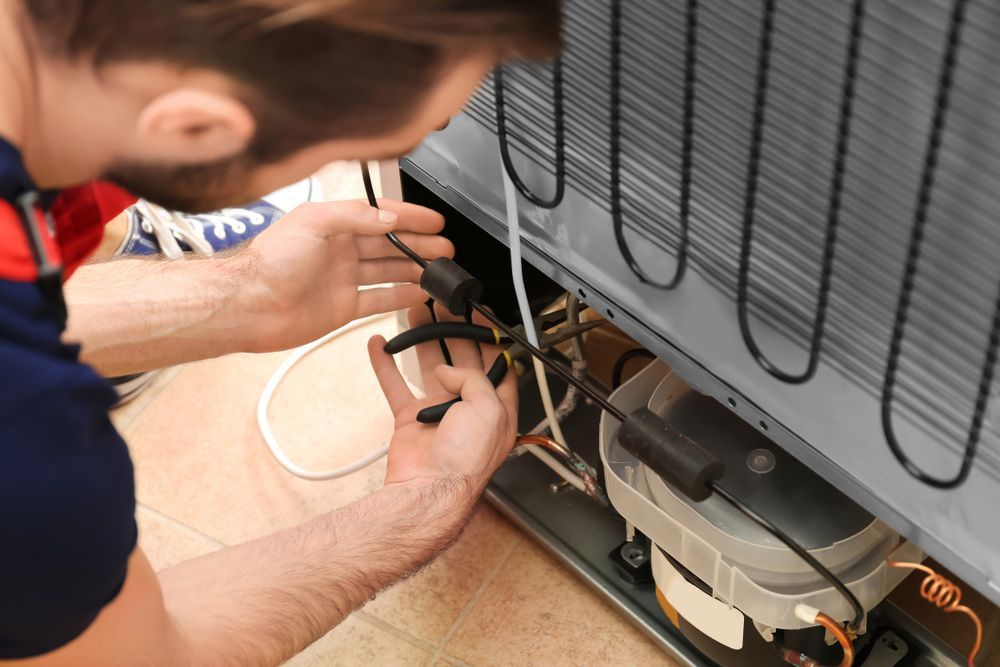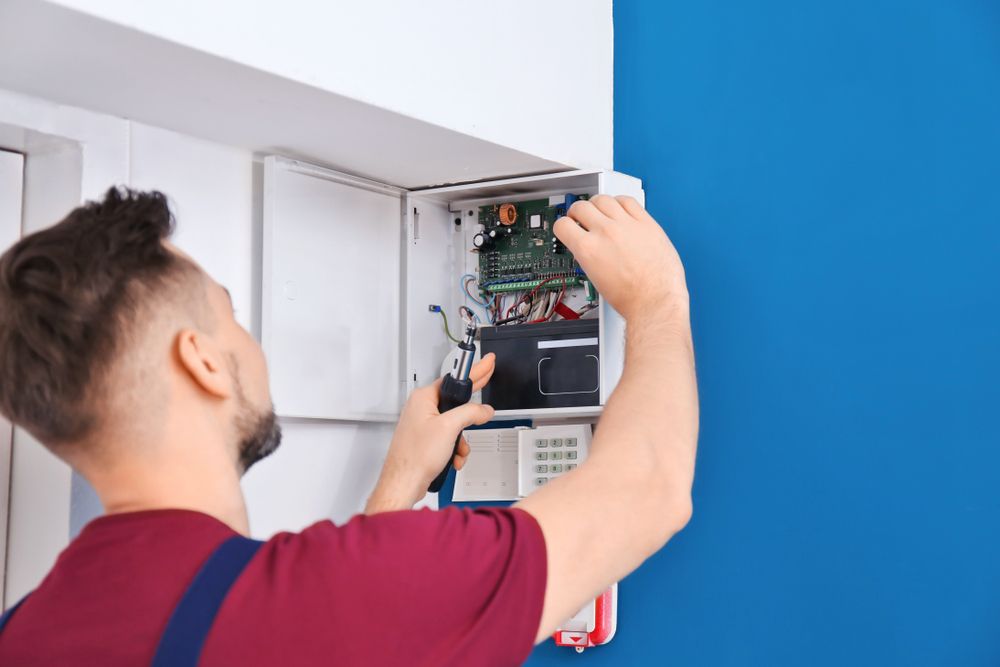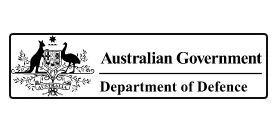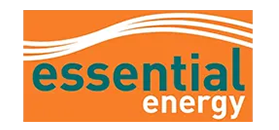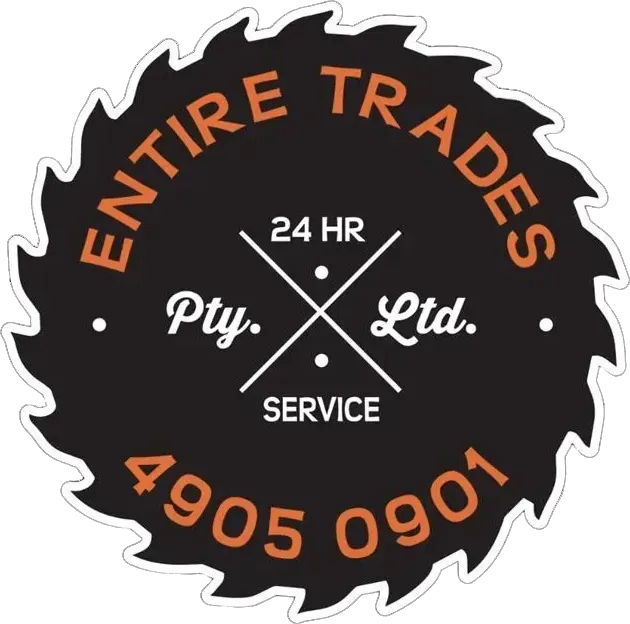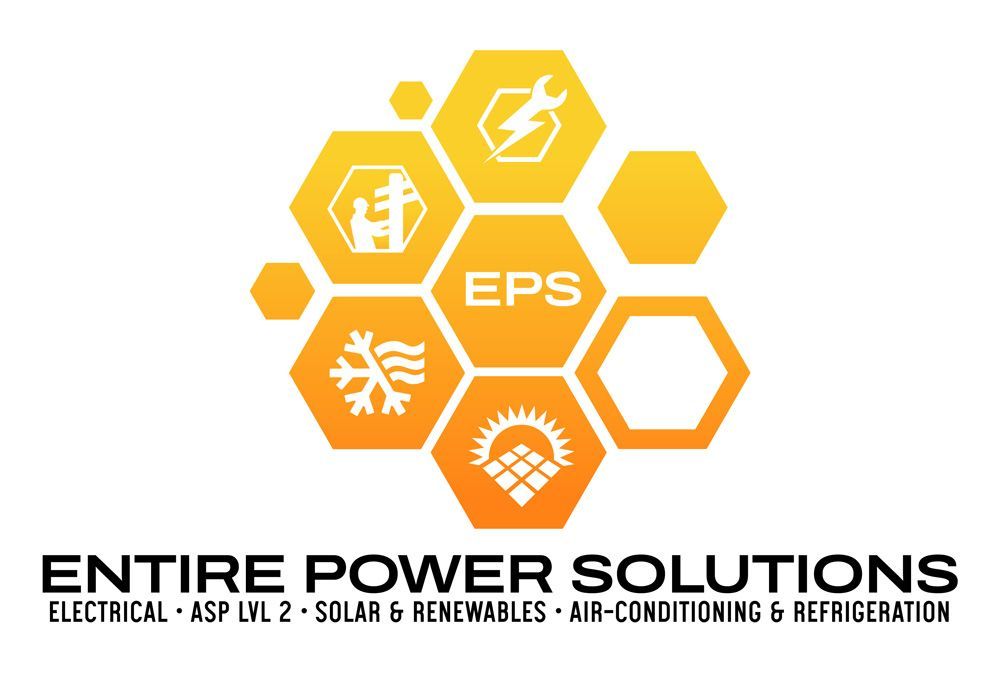What to Expect During an Electrical Safety Inspection
An electrical safety inspection is a vital process to ensure the safety and functionality of a property's electrical system. This guide will walk you through what to expect during an inspection, focusing on key areas of concern, procedures and tips for preparing effectively. These inspections are essential for maintaining the integrity of electrical systems, preventing potential hazards and meeting regulatory standards. By understanding the inspection process, you can make your property inspection-ready, ensuring safety for all occupants and compliance with legal requirements.
Understand the Purpose of an Electrical Safety Inspection
Electrical safety inspections primarily aim to identify hazards that could pose risks to people and property. Inspectors are trained to recognise issues such as faulty wiring, exposed circuits and overloaded systems that could lead to serious problems like fires or electrocution. Inspections also help spot hidden problems, such as faulty wiring inside walls or ceilings, that are not easily visible. Detecting and addressing these risks early can prevent costly and dangerous electrical failures.
Moreover, inspectors conduct these checks using a comprehensive checklist, ensuring that every component – from outlets to circuit breakers – is working as it should. Identifying hazards early is crucial for maintaining long-term safety and operational efficiency. The goal is not just to resolve immediate issues but also to provide a proactive approach to preventing future problems.
Comply With Electrical Safety Standards
A significant aspect of electrical safety inspections is ensuring compliance with local and national regulations. Electrical systems must adhere to safety codes and regulations, and failing to comply could lead to fines or insurance complications. Inspections ensure that your system is up to date with the latest safety standards. For instance, according to Contiki, Australian outlets only supply 240 volts, which may present specific risks if equipment designed for lower voltages is used. The inspector will assess whether your system complies with the required standards and recommend any necessary upgrades.
Complying with electrical codes means that your property is not only safe but also legally sound. Regulations are frequently updated to account for technological advancements, and older systems might need updates to meet current standards. Inspections provide an opportunity to catch up on these changes, ensuring that the system remains compliant and reduces risks of electrical hazards.
Identify Potential Electrical Hazards
An inspection focuses on identifying any potential electrical hazards within the system. Hazards such as faulty wiring, circuit overloads and poor grounding can be identified and rectified before they lead to serious issues. Australian properties require special attention due to the higher voltage supply – 240 volts – compared to many other regions. This increased voltage can lead to more severe shocks and potential equipment damage if the system isn’t designed to handle it.
The inspector will check for common hazards such as exposed wires, loose connections and damaged outlets, as well as assess whether the wiring is compatible with the 240-volt supply. If an issue is identified, such as a circuit that cannot handle the voltage, it can be fixed before it causes harm or further damage.
Conduct Preventive Maintenance for Long-Term Safety
Electrical inspections are not just about fixing current problems; they are a key component of preventive maintenance. Regular checks help spot wear and tear that could lead to bigger issues down the line. Inspectors can identify minor faults before they escalate into major problems, extending the lifespan of electrical systems and preventing costly repairs. They also ensure that safety devices, such as circuit breakers and surge protectors, are functioning correctly, which is essential for long-term protection.
Technological advancements, such as arc fault circuit interrupters (AFCIs), are also often recommended during inspections to prevent electrical fires. These devices can detect electrical arcs, which are often the precursor to fires and automatically shut down the circuit before damage occurs. Ensuring that such devices are installed and functioning is part of preventive maintenance.
Address Insurance and Legal Requirements
Electrical safety inspections also help you meet legal and insurance requirements. Insurers often require regular electrical inspections before providing or renewing coverage. A thorough inspection can reduce insurance premiums and ensure that you're covered in the event of an electrical issue. If your system fails to meet the required safety standards, insurers may refuse to cover electrical-related damages or may increase your premiums.
Additionally, inspections ensure that your electrical system meets all local regulations, avoiding fines or legal complications. For example, Australian homes are required to meet specific safety codes, considering the 240-volt electricity supply. An inspection ensures that the system is in line with these legal requirements, reducing the risk of legal issues or liability in the event of an electrical failure.
Gain Peace of Mind
Ultimately, the purpose of an electrical safety inspection is to provide peace of mind for property owners. Knowing that your electrical system is functioning properly and is free from hazards reduces stress and anxiety, particularly when it comes to the safety of your home or business. Regular inspections ensure that your system remains in optimal condition, preventing unexpected breakdowns or safety risks.
For Australian property owners, peace of mind is crucial, given the higher electrical supply voltage. A properly inspected system ensures that you can safely use electrical devices and appliances without worrying about potential dangers related to voltage mismatches.
Prepare for the Inspection
Preparing for an electrical safety inspection can help ensure the process runs smoothly. Here are a few things to do before the inspector arrives:
1. Gather Documentation: Have records of previous inspections and any work done on the electrical system. This documentation helps the inspector assess the system's history and identify recurring problems.
2. Perform a Self-Assessment: Conduct a basic check of your system to identify visible issues. Look for exposed wires, faulty outlets or signs of wear and tear. This will help you understand potential problem areas before the inspection.
3. Clear Access to Panels: Ensure that all electrical panels and circuit breakers are accessible. Inspectors need clear access to assess their condition accurately, and obstructed pathways can delay the inspection process.
4. Inform Occupants: Notify everyone on the premises about the upcoming inspection to avoid interruptions and ensure cooperation during the process.
Work With a Licensed Electrician
It is essential that any work identified during the inspection is performed by a qualified electrician. Only licensed professionals should be trusted to carry out electrical repairs or installations to ensure the safety of the system and compliance with regulations. Hiring an electrician ensures that all work is done to the highest standards, reducing the risk of future problems.
In Australia, electricians are required to have extensive training and certifications, particularly when dealing with the 240-volt supply, which presents specific risks if not handled correctly. Hiring a qualified
electrician guarantees that the work will be performed safely and in compliance with Australian electrical standards.
Electrical safety inspections are an essential part of maintaining a safe and compliant property. By understanding the inspection process, you can better prepare for the procedure and ensure that your property is up to code. The inspections focus on identifying potential hazards, ensuring compliance with safety standards and performing necessary preventive maintenance. For Australian properties, where outlets supply 240 volts of electricity, inspections are particularly crucial to mitigate the risks associated with the higher voltage supply.
Preparing for the inspection, working with licensed electricians and ensuring that your electrical systems are up to date will provide peace of mind for both you and the occupants of your property. Electrical safety inspections help you meet insurance and legal requirements, reduce the risk of electrical hazards and ultimately safeguard the longevity of your electrical system.
If you’re looking for an experienced team of electricians to handle your electrical safety needs, get in touch with Entire Trades today. They offer comprehensive electrical services to ensure your property is safe and compliant with all regulations.

